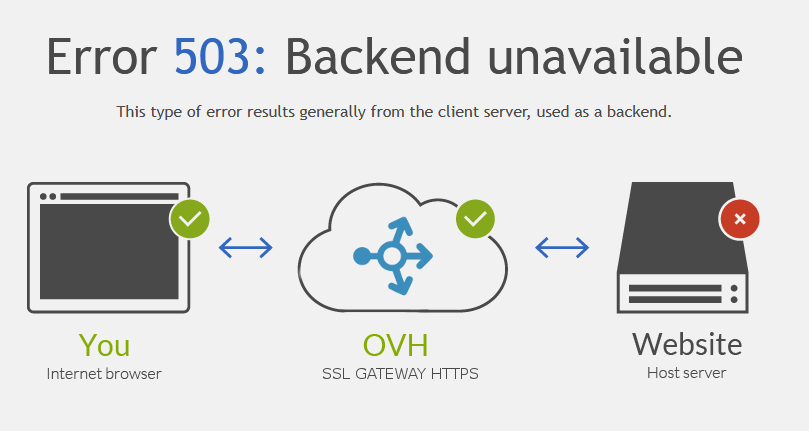Handling errors effectively is a critical component in developing robust backend applications. A well-defined error-handling strategy not only helps developers debug issues efficiently but also ensures a smooth user experience by preventing unexpected crashes and providing meaningful feedback when things go wrong. This article delves into the principles and best practices for error handling in backend applications, offering insights into structured techniques to make your application more resilient.
Why Error Handling Matters in Backend Development
Error handling is more than just a debug tool—it’s an essential practice for maintaining application health. Proper error handling helps log valuable information, prevent data loss, and ensure that users receive clear messages rather than generic error pages. From system errors, such as database connection issues, to application errors, like invalid input or authorization failures, each type requires a unique approach to resolution.
If you’re new to backend applications, consider this comprehensive guide to building and deploying a full-stack application for a broader understanding of how various layers in a backend system work together. This knowledge lays a foundation for creating resilient error-handling mechanismsmmon Approaches to Error Handling
1. Centralized Error Logging
A centralized logging mechanism captures errors across different parts of the application, making it easier for developers to identify trends and root causes. A robust error-handling system uses logs to store information on where and when errors occurred, which greatly aids debugging.
“A well-designed logging system is the backbone of an effective error-handling strategy, as it ensures that no error goes untracked, fostering a more resilient application infrastructure.”
For more insight into error logging within API design, check out this comparison between GraphQL and REST to learn how these API structures handle error reporting differently .
l Error Responses
No one wants to see a blank screen or an ambiguous “Something went wrong” message. Implementing graceful error responses means crafting responses that help users understand what happened and guide them on what to do next. For instance, if there’s a server error, it might be best to show a user-friendly message suggesting they try again later.

Error Handling Techniques for Backend Applications
1. Try-Catch Blocks and Custom Error Types
One common approach in many programming languages is the use of try-catch blocks. This technique helps in isolating error-prone sections of code and dealing with issues as they arise. Defining custom error types also helps create meaningful error messages, providing more context for developers and users.
To get started with these techniques, check out this detailed guide on deploying full-stack applications, which includes insights on structuring error-handling logic across various programming languages .
2. Middlerror Handling
In frameworks like Express.js (Node.js), middleware can be used to centralize error handling, reducing redundancy and improving readability. Middleware can intercept errors, log them, and send a customized response to the user without requiring repetitive try-catch logic.
Real-Time Monitoring and Alerting
Modern applications require proactive error handling, where issues are caught and addressed before they impact the end user. Real-time monitoring tools, such as Sentry, New Relic, or custom-built solutions, help track errors as they happen. These tools send alerts to development teams, enabling them to resolve critical issues quickly.
For full-stack applications that incorporate backend services, real-time monitoring is particularly valuable, helping bridge frontend and backend error reporting. To see how real-time monitoring is part of an effective full-stack setup, review this guide on building and deploying a full-stack web application .

Conclusion: Best Practices for Effective Error Handling
Error handling in backend applications goes beyond catching bugs; it’s about creating a seamless experience for users while ensuring application stability. By combining techniques like centralized logging, graceful error responses, and real-time monitoring, developers can build robust applications that manage errors efficiently.
Whether you are exploring API structures like GraphQL or REST, or simply looking to streamline your application’s backend error handling, investing in these strategies will help maintain performance and enhance user trust .









